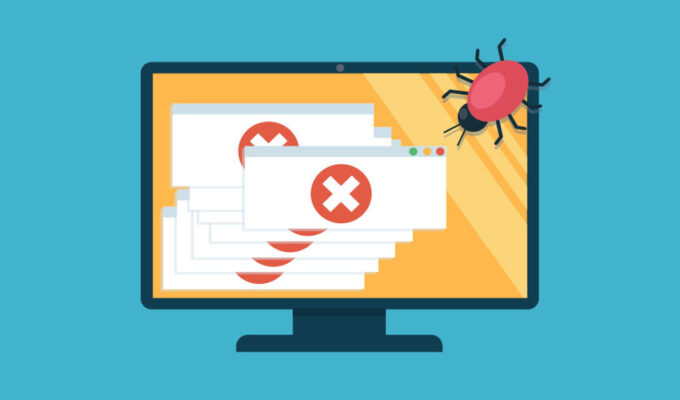
The responsibility of a tester is not just limited to the detection of errors and bugs, it is also important to track out the status of issues at each level in the software development life cycle. To simplify all these test phases, testers often use powerful and effective issue tracking tools or systems.
Issue tracking is a general term that means everything to everyone. In the business environment, from complaint management to IT help desk to planned building maintenance, the problems we define can refer to any tasks or activities that occur in routine work tasks. When a problem has an impact on business success, time sensitivity, or relevance, tracking the solution to the problem will have greater significance. Issues become more intense and tracking becomes more challenging when an organization undergoes some changes. For instance,
If you want to move or add a large number of employees or deploy a new system.
Tracking issues is just confined to the IT department within the organization instead of it’s a matter of concern for an organization as a whole. Departments across the board struggle to stay current with spreadsheets when issue tracking software makes the whole process so much more efficient. This can be one reason among the pool of reasons for the benefits an issue tracking tool or system has for organizations.
Here we are revealing some of the important reasons why is it vital for an organization to use issue tracking tools;
Assures the quality of your software product
A software development company is always expected to come up with an error-free or spotless software product or application. With an issue tracking tool, this can be made possible to release a product in the market without any defects in its functionality. This type of tool identifies issues in advance and makes sure that all the issues have been addressed. The tracking system not only tracks problems but also analyzes the work done by testers to fix errors or problems. The result is efficient products delivered on time within a pre-allocated budget.
A decrease in the cost of production and increase in the Return on investment
Unlike manual tracking, error tracking software can speedily identify errors and assign problems. It also enables testers to easily track repetitive problems and to come up with a permanent solution. In this way, testers could be able to focus on more attention-seeking and valuable tasks, resultantly the team not spending productive hours on irrelevant tasks. It helps in distinguishing high-priority issues from relatively fewer priority issues. With this approach, the development team will become more productive and hence there will be a reduction in the cost of production while an acceleration in the return on investment.
Better collaboration & coordination among the team
Today’s error tracking tools have a chat interface and email notification capabilities. It promotes communication and improves the connection between team members. As a result, the right person to fix the error will be notified quickly so that he can solve the problem immediately. Using a centralized data system, a real-time report of the error repair process can be generated and can be used further in the future.
Identification of errors in advance
Tracking tools can help testers find problems earlier and take priority actions. On the other hand, manual tracking is difficult to achieve in a short time. As a result, when you run the software through the error tracking tool, the chance of software release with functional failure is almost zero.
Another major benefit of the tracking tool is the record of the error repair process is securely recorded in the centralized data system. This means that even after fixing the error, a detailed list of errors is still there present for you, the repair process, and the actual time to fix a specific problem. The whole test phase is recorded in a centralized data system, That allows you to keep track of defect trends at any time. It can help you stay cautious in the upcoming production phase.
Better user experience
Advanced issue tracking tools are comprised of features that are more user friendly. It enables end-user to report problems easily directly on the application.
Conclusion
Investment in a high-quality and efficient error tracking system helps the company win a delighted and satisfied customer base. First of all, with the help of tracking tools, it is easy to mark zero-fault non-defective products. This results in the effective and productive use of the product. Hence your customers can get reliable, trustworthy, and highly recommended products.
Tech World Times (TWT), a global collective focusing on the latest tech news and trends in blockchain, Fintech, Development & Testing, AI and Startups. If you are looking for the guest post then contact at techworldtimes@gmail.com

